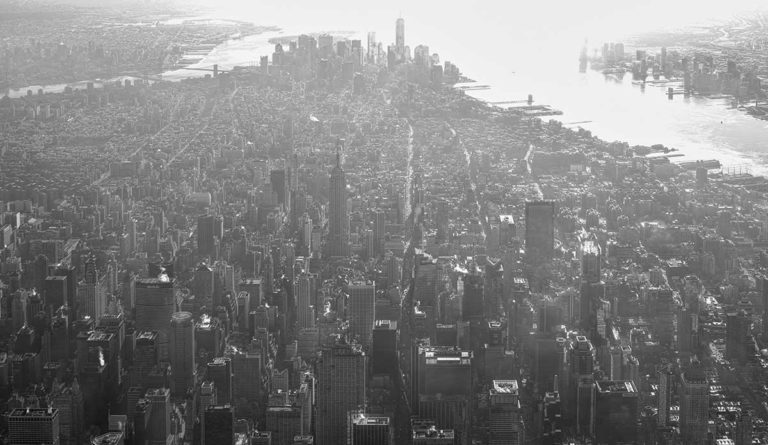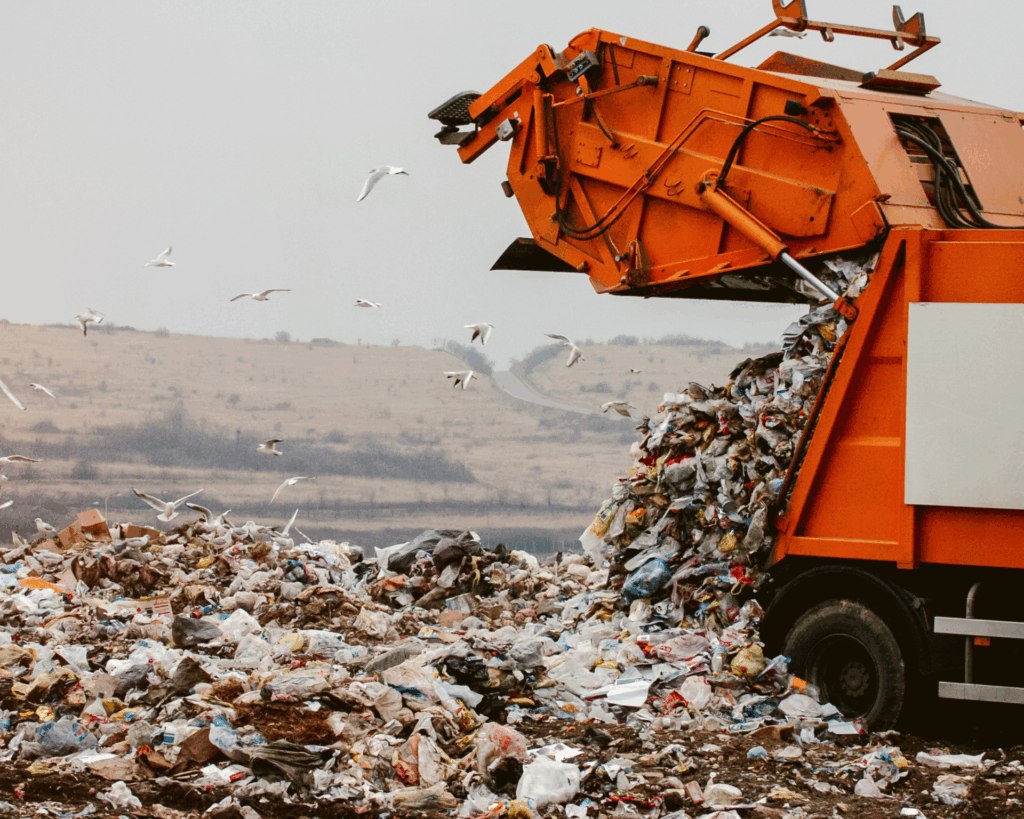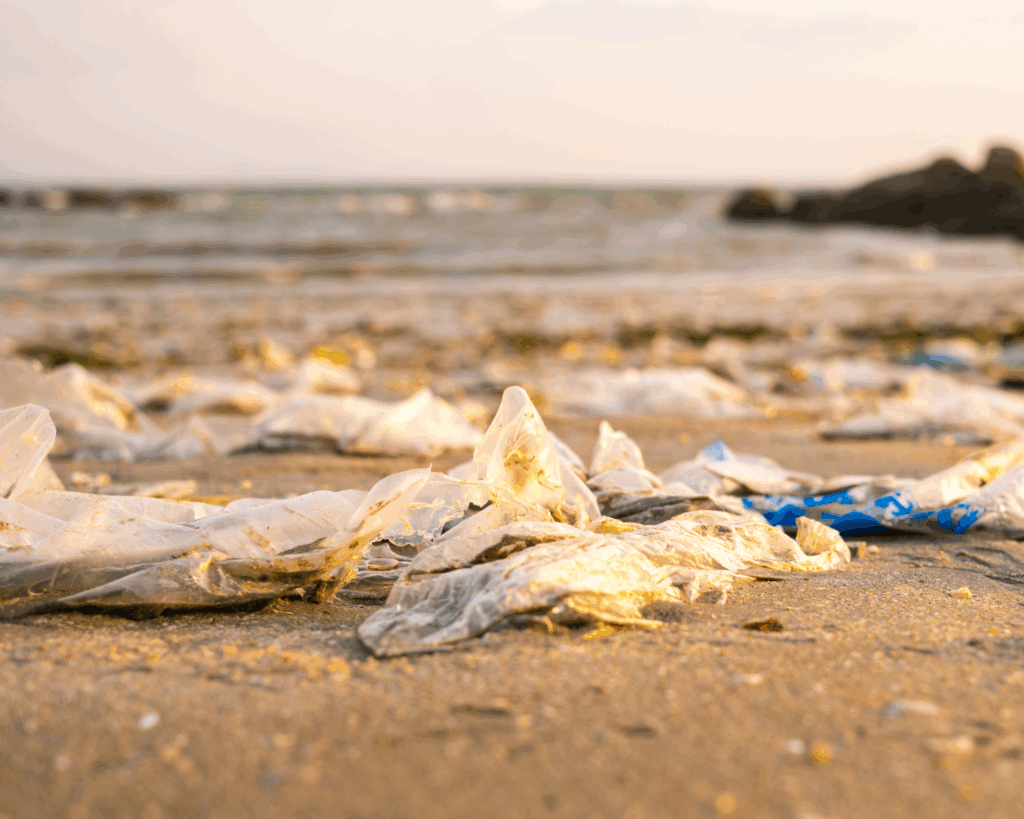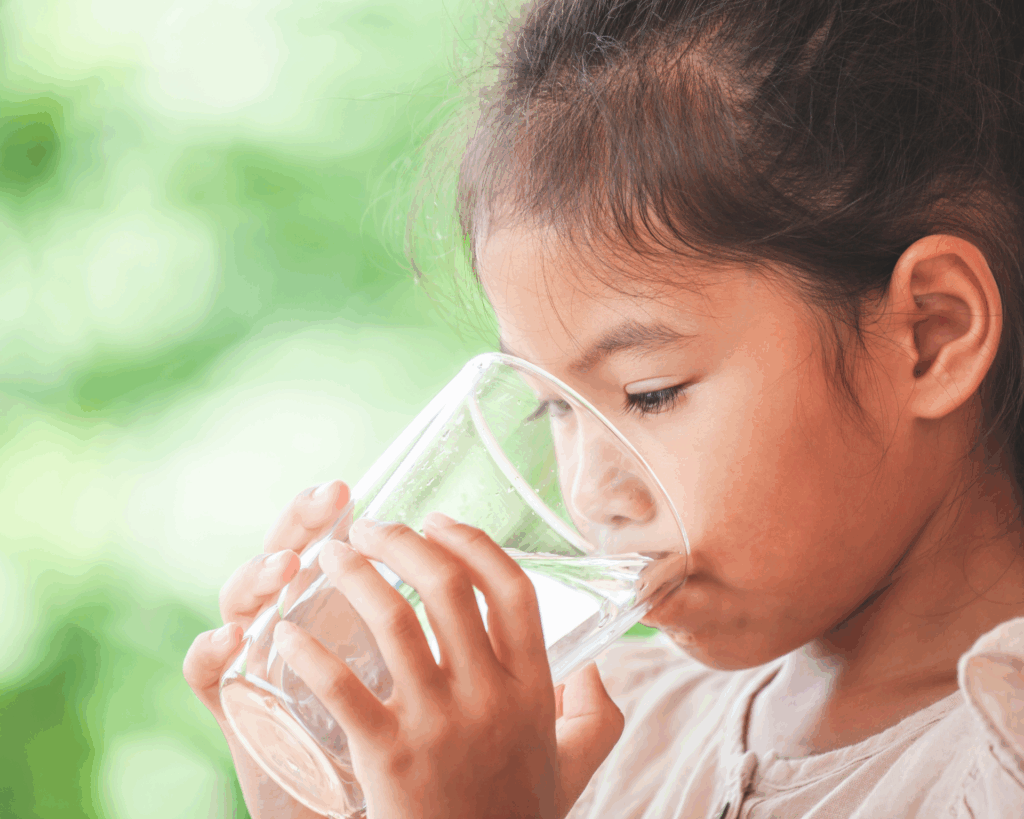The Dangers of Cold Weather
Lane and colleagues analyzed hospital discharge, death certificate, and medical examiner data to identify deaths and illness caused by cold weather in New York City to understand who is most at risk.

Read Time: 3 minutes
Published:
Each year in the United States, about 1,330 people die of cold exposure, essentially freezing to death. You may picture outdoor adventurers dying of hypothermia on snowy mountaintops. While rates are higher in rural areas, many cold-related deaths and illnesses occur in cities too.
To prevent these deaths, it is important to understand how often they occur and who is most at risk. We analyzed hospital discharge, death certificate, and medical examiner data for deaths and illnesses directly attributed to cold in New York City (NYC).
Cold-related illness and death are underreported because only a small number are appropriately recognized and coded as hypothermia and tissue damage. Yet, cold temperatures can worsen conditions like heart disease and respiratory illness, causing hospitalizations and deaths that may not be recognized as related to the cold on death certificates or hospital records. Still, focusing on those cases that are recognized and coded as cold-related can provide valuable information.
In NYC, we found that each cold season between 2005 and 2014 had, on average, 180 treat-and-release emergency department visits and 240 hospital admissions for cold-related illness, and 15 cold-related deaths. The rate of cold-related death in NYC was lower than the rate in the Northeast. Nearly all people who were admitted to the hospital (94%) also had one or more other health problems, including heart disease, alcohol and drug use, and mental illness. Rates for cold-related hospital admissions were highest among adults aged 85 and older. Very young children (age 0–4) had higher rates than older children and young adults.
Of those exposed outdoors, about half were homeless or suspected to be homeless. The remaining 25% were inside when they were exposed to the cold and none had heat in their home.
As with hospital admissions, most people who died had other health conditions, most commonly heart disease, substance use, and mental health disorders. According to detailed medical examiner records, 75% of those who died from cold exposure were outdoors. Of those exposed outdoors, about half were homeless or suspected to be homeless. The remaining 25% were inside when they were exposed to the cold and none had heat in their home. All were age 60 or older and two thirds had a mental illness, including one third who showed evidence of hoarding. Nearly all were living in single-family or row homes, rather than apartment buildings which are more common in NYC. A study by the Urban Green Council in NYC showed that single-family and row homes lose heat more quickly in cold weather than apartment buildings.
Many of these preventable deaths and illnesses occurred outside of the coldest weather periods. More research is needed, however, to add to our descriptive analysis. We need to better understand the relationship between weather conditions and cold-related illness and deaths, as well as chronic conditions worsened by cold weather.
In the meantime, we are sharing findings with the public and our partners to ensure that prevention efforts are data driven and targeted towards those at an increased risk during cold weather: people who are homeless and unsheltered, residents who use drugs or alcohol and become incapacitated outdoors, and older adults with medical and mental health conditions who don’t have heat at home. For instance, connecting adults who have trouble paying their winter heating bills with financial resources through the Home Energy Assistance Program, is an important strategy to prevent cold-related deaths. Other strategies include enhancing homeless outreach during periods of cold weather, and communication with the public about who is at risk and how to prevent illness and death.
Feature image: newelly54, ny sunny winter morn (detail), used under CC BY-NC-ND 2.0



